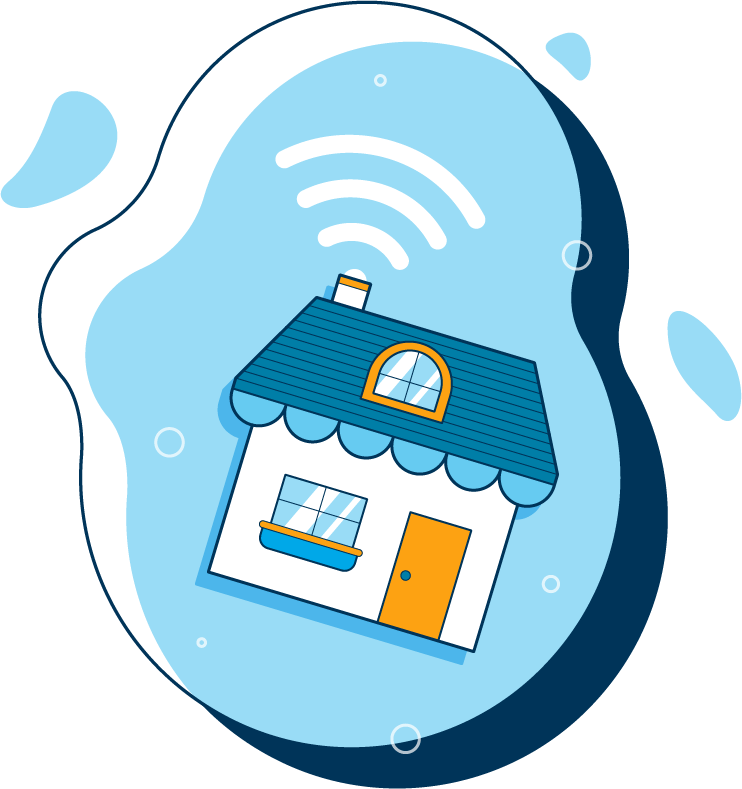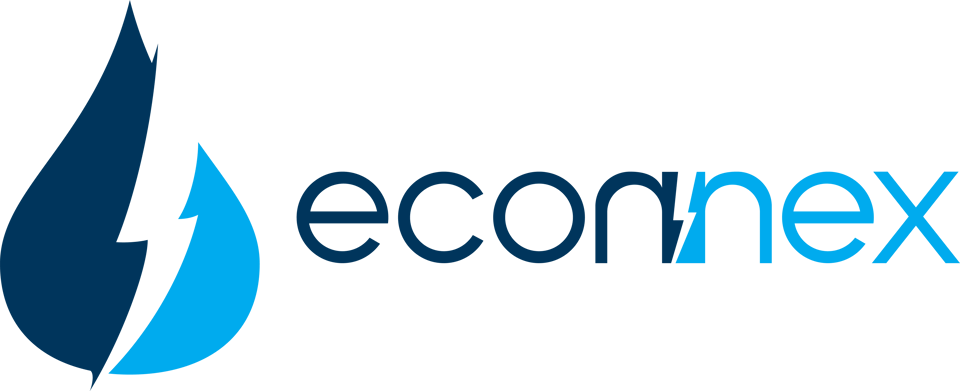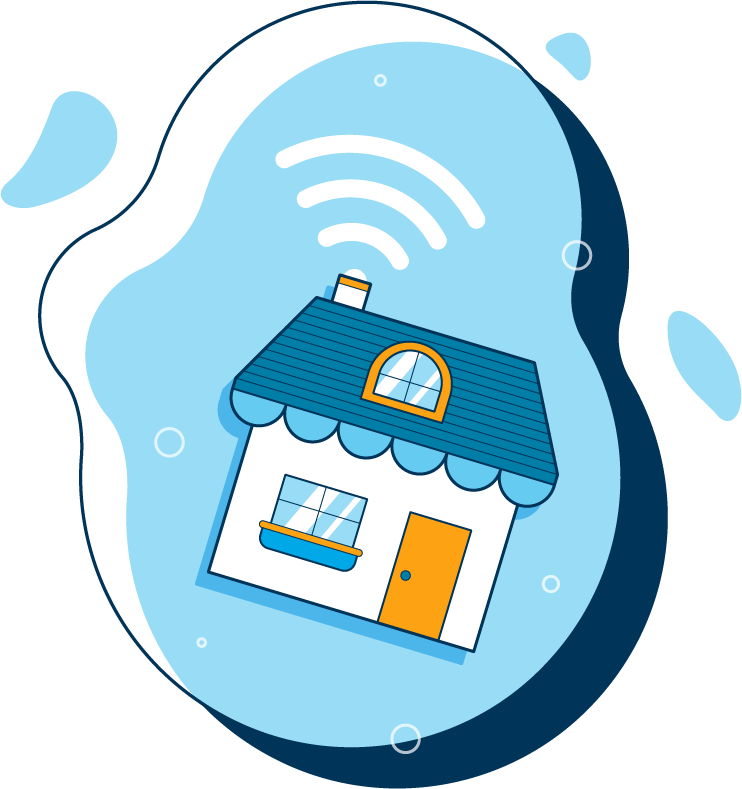How Econnex Broadband Comparison Can Help You
We compare a range of utility providers so you can easily understand which plan is right for you and ultimately save money!

Can I sign up online?
Easily compare great-value offers from leading internet providers – and sign up within minutes. We’re your one-stop comparison website right here.
Compare broadband rates and plans
You can easily compare the different broadband providers available to you on Econnex. Stop wasting time trawling sites and broadband provider websites for information; you’ve got a one-stop comparison website right here.
What broadband plans are available ?
Depending on your connection technology and your address, the NBN plans available to you will vary. Start comparing by entering your postcode – and choose from the available plans provided.
How do I choose between ADSL, NBN or mobile broadband plans?
Most people tend to use a combination of mobile and either ADSL or NBN, depending on when you’re at home or out and about.
NBN is faster on average than most ADSL connections. Compare competitive NBN plans with us today.
What our customers are saying

Sharon
The system is user friendly, the staff is helpful and efficient.

Lucas C
Great comparison company who was able to put me in touch a power provider which offered me a better rate.

Maddy
I had no problems at all switching energy companies through econnex and received the vouchers for switching right on time, didn't need to chase up at all. A great experience and would definitely use again.

BJC
After having some issues, that were not Econnex's fault, I reached out to their support team, and they were very helpful. Happy to recommend.

Asif A
Good for quick comparison and additional signup bonus. The site doesn’t always have all the plans offered by the power companies. The WW gift cards offered as sign up bonus takes at least 3 months to get but I have always received them without any follow ups.
FAQs
Based on our customers feedback, we have put together a list of the most frequently asked questions.
How to compare broadband plans ?
There are 3 main elements you need to consider when comparing broadband plans – price, size, and speed.
How much are you willing to pay? Price is a big factor for most Aussies and why pay more than you need. The price of your plan will depend on several factors.
What speed do you need? This really depends on the size of your household and what you're planning to use your broadband for. According to NBN Co., nearly 70% of households have signed up for an NBN 50 or faster plan.
What are you using the broadband for? Are you just using it to browse Facebook, maybe watch a little Netflix, or are you a heavy gamer? Do you work from home with a huge database? Depending on your usage, you may need to assess what size plan you need. This will also depend on how many people in your household are using the Wi-Fi. For example, a family household of 5 people where 3 are streaming high-definition videos, one is sending and receiving large files, and the other is gaming will require much more gigabytes per month compared to a household where only 2 out of the 5 family members are simply streaming their favourite content. The number of devices connected, and the type of activity will help you determine how important the speed of your connection is – the higher the MBPS, the faster broadband you will have.
The final thing to consider is, What contract type do you want? There are several options offered by retailers – from month-to-month, 12-month contracts, and 24- to 36-month contracts. The same plan on a different contract period will change the price!
What is the difference between ADSL to NBN ?
- This is a network of high-speed fibre optic cables owned by the government. Most Australians will have access to a home NBN Plan. It's made up of a wide mix of different technologies, and your actual NBN connection type will vary depending on where you live. This is why your address matters so much when it comes to buying an NBN plan.
- ADSL uses copper telephone lines to send data signals. ADSL isn't capable of transferring data as quickly as the NBN, and it will largely disappear from Australian homes in the near future as the NBN replaces it.
What do I need to know about modems ?
If you need a modem to go with your plan, look out for those plans and retailers that include a modem with your service. Ask yourself if you need a modem to go with your plan; if not, you could save by getting a BYO modem from your local electronics store or even using one you already have at home.
It is also worth checking if your BYO modem is compatible with your service; ADSL and NBN may have different technical requirements for the modem.
What do I need to consider when moving ?
The biggest question is how quickly you need to be connected. For most people, NBN is the fastest type of broadband to be connected to. A new connection can take a couple of weeks if the cables and connections are damaged.
The other items to consider include whether you are upgrading any home appliances or devices a new smart TV that streams free-to-air? Your broadband consumption will increase, or maybe you are creating a smart home by integrating a wireless sound system or Google Home speaker with a lightbulb, electronic devices, and more. Again, each of these devices will be connected to the broadband and will increase your consumption, so your current (or previous) plan may no longer work for you.
How to get the best deal on my broadband plan ?
The first step is to understand what you need and why you need it—what is at the top of your Wishlist? Do you care about speed, size, or contract length?
What is MBPS and why is it important ?
In its simplest sense, MBPS refers to the speed of your broadband; the higher the MBPS, the faster your broadband. MBPS stands for ‘megabits per second," and it measures broadband bandwidth. But what does that mean?
Bandwidth is the download and upload rate of your connection. This doesn’t just mean downloading files onto your device; everything you do online involves downloading the information onto your browser for viewing. So, to watch YouTube videos or Netflix videos without buffering or load photos on Instagram, both require you to download that information from the broadband onto your computer or mobile device. This is particularly important for online gaming, where a buffering broadband connection could cost you the game.
How do I know what size plan to choose?
The easiest way to determine what size plan you need (taking into consideration household size, budget and other items previously listed on this page) is to understand the basic tasks and how much data is required for each.
- General web browsing and social media should use no more than 2.5MB of data per minute
- Streaming Netflix will use a minimum of 700MB an hour, while HD Netflix increases this to 3GB an hour
- Downloading movies will chew through between 1.5GB and 16GB depending on length and definition quality
- Watching YouTube for five minutes will use about 20MB of data, but this again varies depending on quality
- Game downloads can take up anything between several megabytes and 100GB
According to CanstarBlue - the average Aussie spends around 48hrs each month online, so taking this into consideration along with the number of people using the broadband and the type of tasks being undertaken will help give you a better sense of the size of the broadband plan you need.

